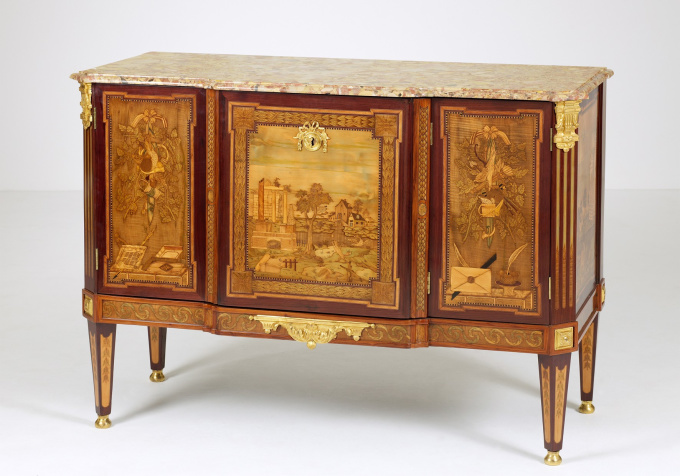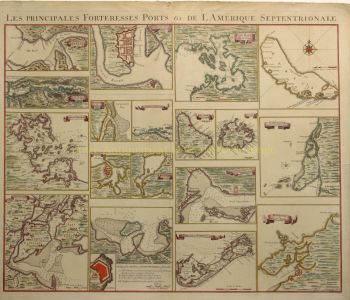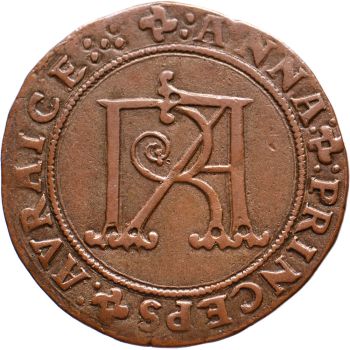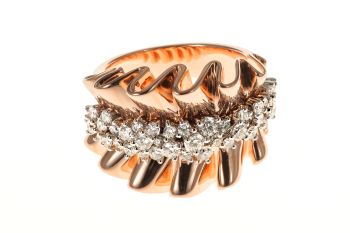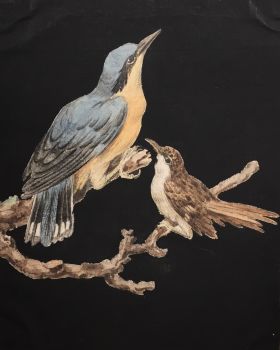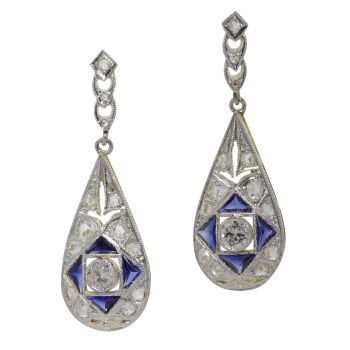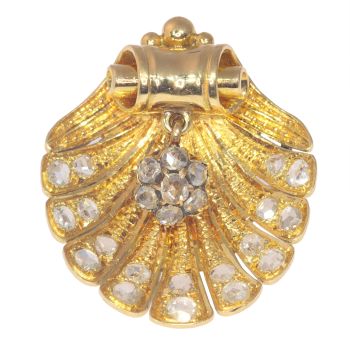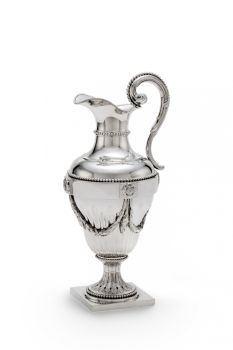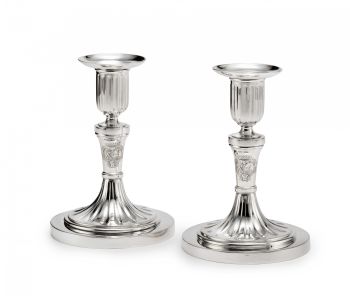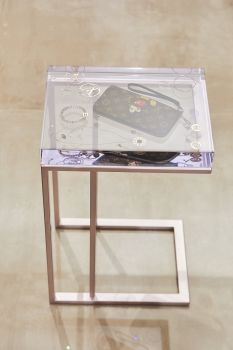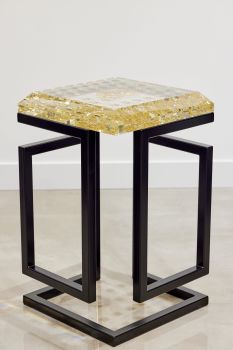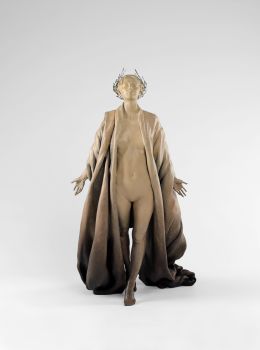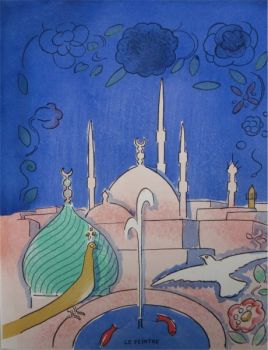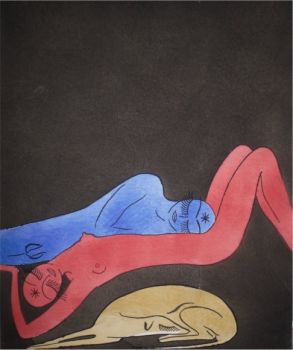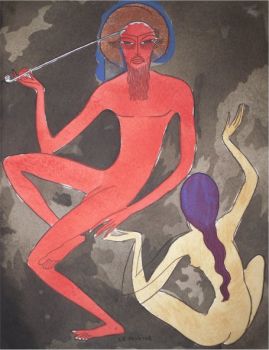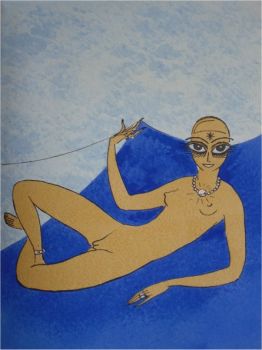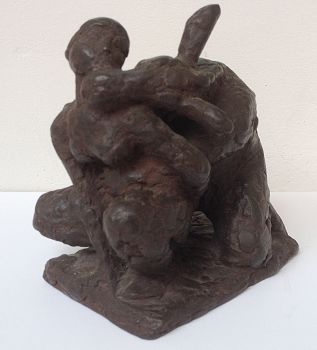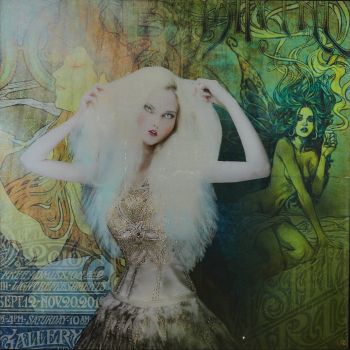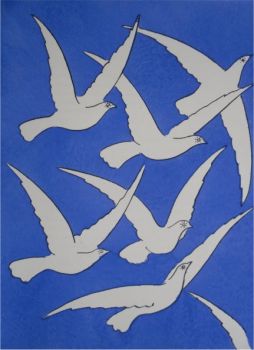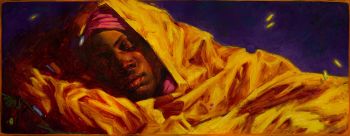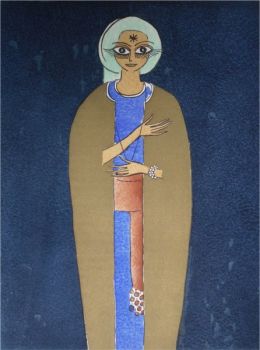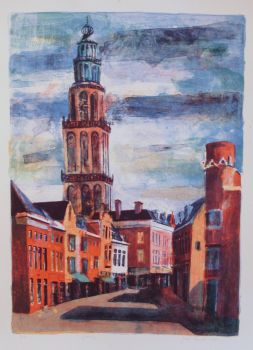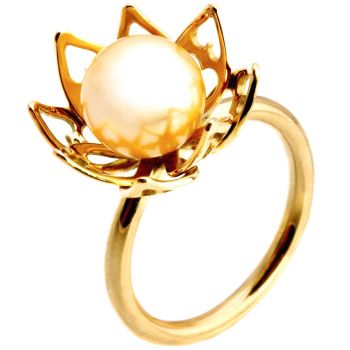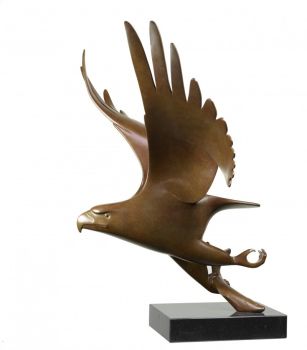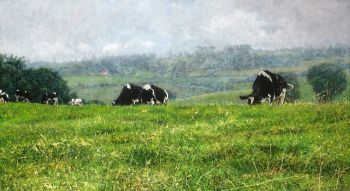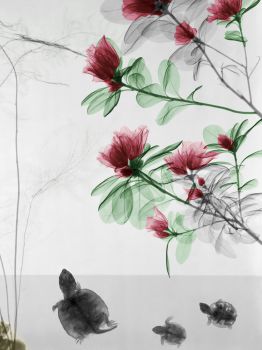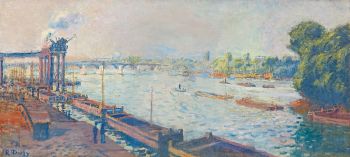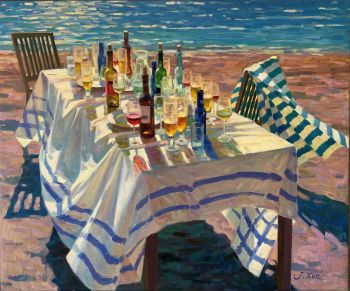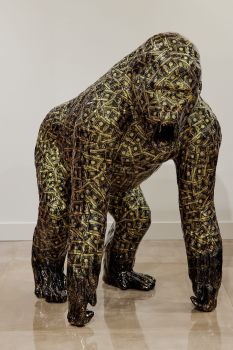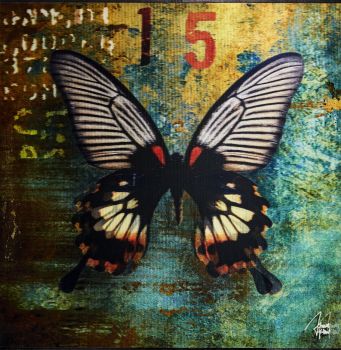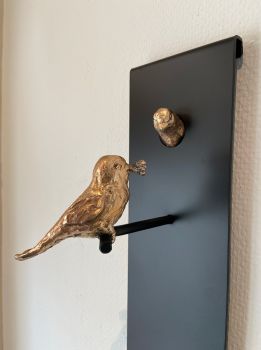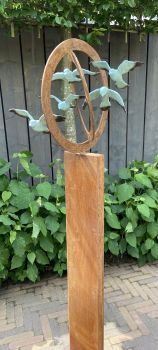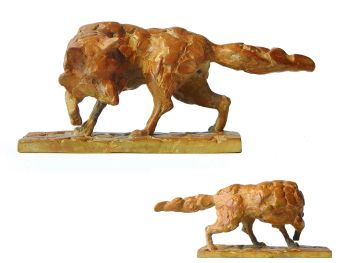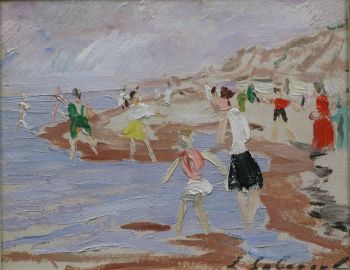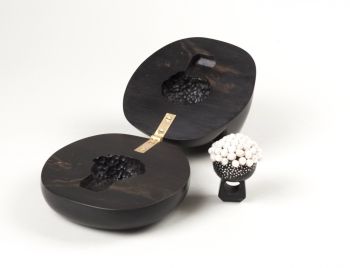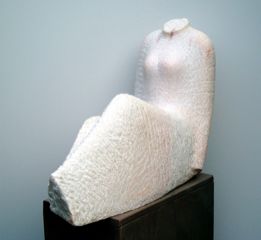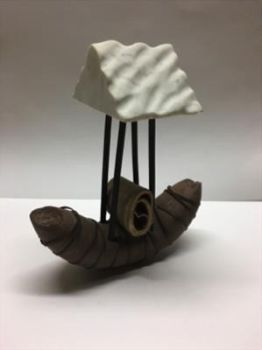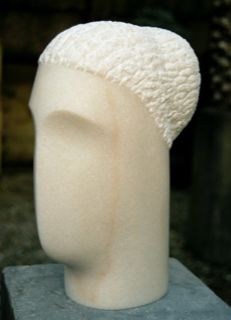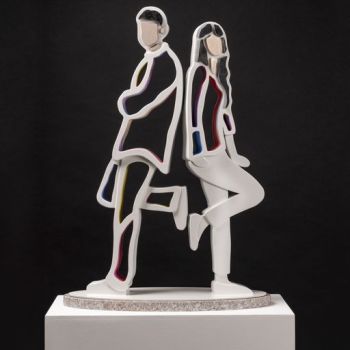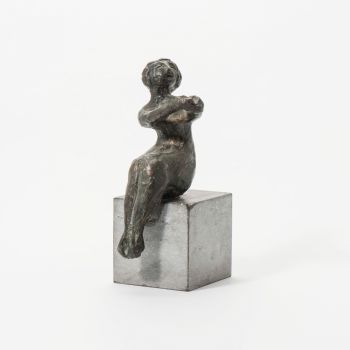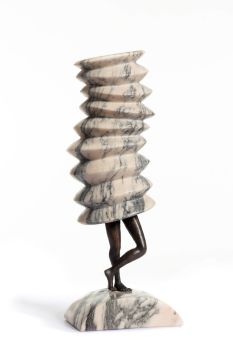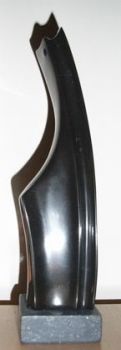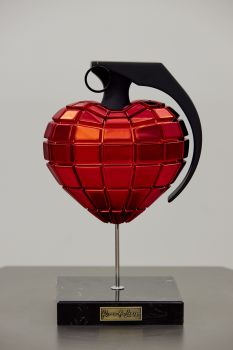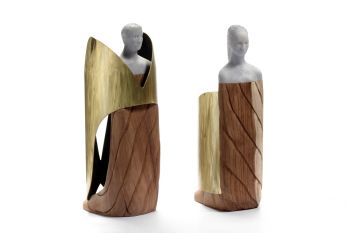Dutch Louis XVI Commode 1775
Artista Desconocido
ÉbanoMármolPiedraMaderaAmarantoOroDoradoPiedra preciosa
91 ⨯ 129 ⨯ 60 cm
Actualmente no disponible a través de Gallerease
- Sobre la obra de arteThe commode was manufactured in the Louis XVI style. This piece of furniture has diagonally placed front styles and stands on tapered legs with button feet. The legs are decorated with small, also tapered fields with a motif of hanging flower buds. Above the legs are the styles decorated with faux flutes of lemon wood and bois teinté with narrow bands of ebony and boxwood. The diagonal corners-styles wear ormolu corner fittings in the form of a main frame, decorated with a garland of flowers.
The front of the chest shows a profiled projecting middle part, so a three-way division occurs with a wide middle flanked by two slightly smaller portions. The sides of the chest are flat.
The lower line shows on three sides between bands of rosewood a wide brim which is decorated with acanthus leaf in current-cat or wave motif. A gilt bronze skirt with a straight top, acanthus leaf and fluted consoles is installed in the centre. Although the front shows a trichotomy, the chest contains only two doors. Left a small door, right a wide door with hinges on two points: between the middle and the right side, and the far right. On the left of the door is the lock with a round ormolu key plate, hanging from a bow with hanging tassels. This part of the door shows left and right slightly concave curved frames, decorated with marquetry of an oval and a diamond motif hooked together against a backdrop of bois teinté. The decoration is surrounded by narrow bands of palm and ebony and encased in an edge of rosewood. The left list functions as a stroke list.
The interior contains a swiveled shelf, as in several Dutch chests - which may also have been used as a buffet - is found. On the bottom shelf one could put a basin with high a high ewer.
The chest is decorated with five fields marquetry work. All fields or "panels" are surrounded by bands of boxwood, ebony and sycamore with protruding corners. The middle field on the front is also enclosed in a border of cross entwined with laurel leaf rosettes in the salient angles. The edge is surrounded by rushes of palm, ebony and sycamore wood.
The panels on the left and right at the front were made after prints, Les trophees de Chasse, published in 1776 by Tardieu after a design of Charles Delafosse. - Sobre el artista
Puede suceder que un artista o creador sea desconocido.
Algunas obras no deben determinarse por quién está hecho o por (un grupo de) artesanos. Algunos ejemplos son estatuas de la Antigüedad, muebles, espejos o firmas que no son claras o legibles, pero también algunas obras no están firmadas en absoluto.
También puedes encontrar la siguiente descripción:
•"Atribuido a …." En su opinión, probablemente una obra del artista, al menos en parte.
•“Estudio de….” o “Taller de” En su opinión, una obra ejecutada en el estudio o taller del artista, posiblemente bajo su supervisión
•“Círculo de…” En su opinión, una obra del período del artista que muestra su influencia, estrechamente asociado con el artista pero no necesariamente su alumno.
•"Estilo de …." o “Seguidor de…”. En su opinión, una obra ejecutada al estilo del artista pero no necesariamente por un alumno; puede ser contemporáneo o casi contemporáneo
•"Manera de …." En su opinión una obra al estilo del artista pero de fecha posterior
•"Después …." En su opinión, una copia (de cualquier fecha) de una obra del artista
•“Firmado…”, “Fechado…” o “Inscrito” En su opinión, la obra ha sido firmada/fechada/inscrita por el artista. La adición de un signo de interrogación indica un elemento de duda.
•“Con firma…”, “Con fecha…”, “Con inscripción…” o “Lleva firma/fecha/inscripción” en su opinión la firma/fecha/inscripción ha sido añadida por alguien que no es el artista
Artwork details
Related artworks
Artista Desconocido
Cáliz veneciano alado1624 - 1626
Precio a consultarPeter Korf de Gidts - Antiquairs
1 - 4 / 12Johannes Schiotling
Un par holandés de candelabros de plata1784
Precio a consultarJacob J. Roosjen SRI
1 - 4 / 7 curada por
curada porDanny Bree
Artista Desconocido
UN NETSUKE DE MARFIL DE UN HOLANDÉS CON UNA COCKEREL18th century
Precio a consultarZebregs & Röell - Fine Art - Antiques
Artista Desconocido
Japanese transition-style lacquer coffer 1640 - 1650
Precio a consultarZebregs & Röell - Fine Art - Antiques
Artista Desconocido
The Stamford Raffles Secretaires.1800 - 1813
Precio a consultarZebregs & Röell - Fine Art - Antiques
1 - 4 / 24Arie Teeuwisse
Titania and Nick Bottom (the weaver)20th century
Precio a consultarKunsthandel Pygmalion
1 - 4 / 24Artista Desconocido
Set Franse Empire Pendules / Empire Lectura penduleearly 19th
Precio a consultarKuipers Kunst & Antiek
1 - 4 / 24

